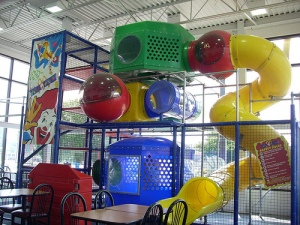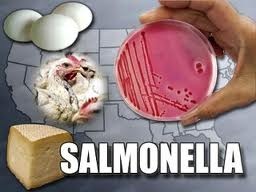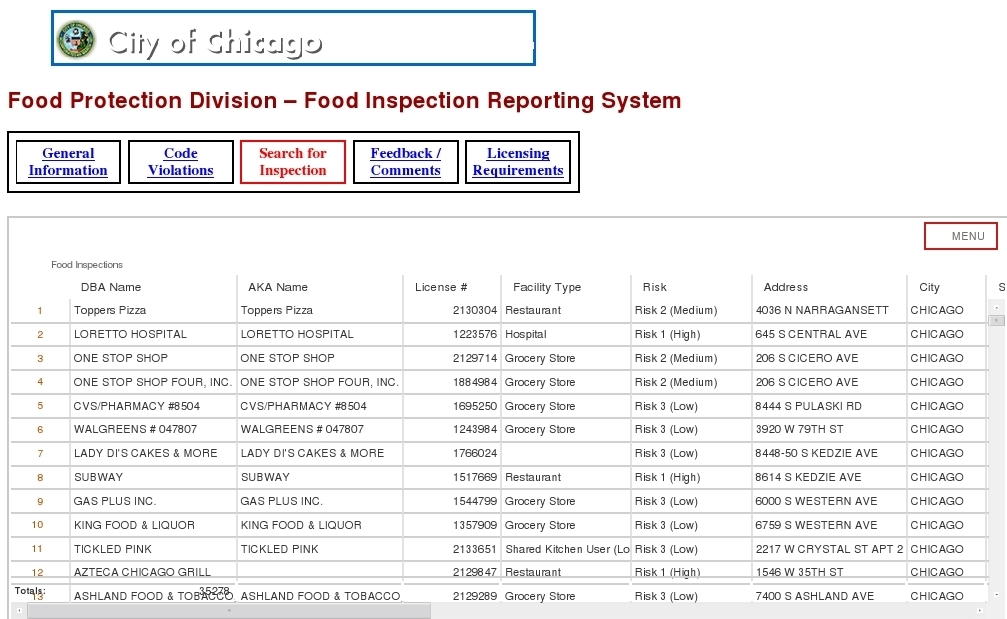Food-poisoning cases like the Salmonella sushi lawsuit generally fall under product liability laws. Any party in the product’s chain of distribution — including manufacturers, retailers, and middlemen — can potentially be held liable, depending on the source of contamination.
 “…distributors may have removed the packaging before selling it to restaurants, which may not know they’re serving a potentially contaminated product, the Wisconsin victims’ lawyer told MSNBC…”
“…distributors may have removed the packaging before selling it to restaurants, which may not know they’re serving a potentially contaminated product, the Wisconsin victims’ lawyer told MSNBC…”
In a Salmonella sushi lawsuit filed last week, two Wisconsin women, 22 and 33, claim they were severely sickened after eating tuna sushi rolls at a local restaurant, MSNBC reports. The sushi rolls allegedly contained ground yellowfin tuna with Nakaochi Scrape.
California-based Moon Marine USA has recalled 59,000 pounds of raw, ground yellowfin tuna from India, which was packaged as “Nakaochi Scrape AA” or “AAA.”
But distributors may have removed the packaging before selling it to restaurants, which may not know they’re serving a potentially contaminated product, the Wisconsin victims’ lawyer told MSNBC.
Salmonella infections generally lead to diarrhea, fever, and abdominal cramps within 72 hours, according to the FDA. Victims usually recover after about a week.
But the Wisconsin women’s infections were more severe, and required hospital treatment. One woman was diagnosed with an ulcerated colon, which her personal-injury lawsuit blames on contaminated Nakaochi Scrape.
Scientific tests show the Salmonella sushi victims were sickened by a rare type of bacteria called Salmonella Bareilly, the women’s lawyer said. Investigations are underway to determine where bacteria came from.
For more:Â http://www.reuters.com/article/2012/04/25/tagblogsfindlawcom2012-injured-idUS319130664220120425
 signs informing customers that food is not allowed on play structures and to provide adults who ask copies of their playground inspection and cleaning plans.
signs informing customers that food is not allowed on play structures and to provide adults who ask copies of their playground inspection and cleaning plans.






